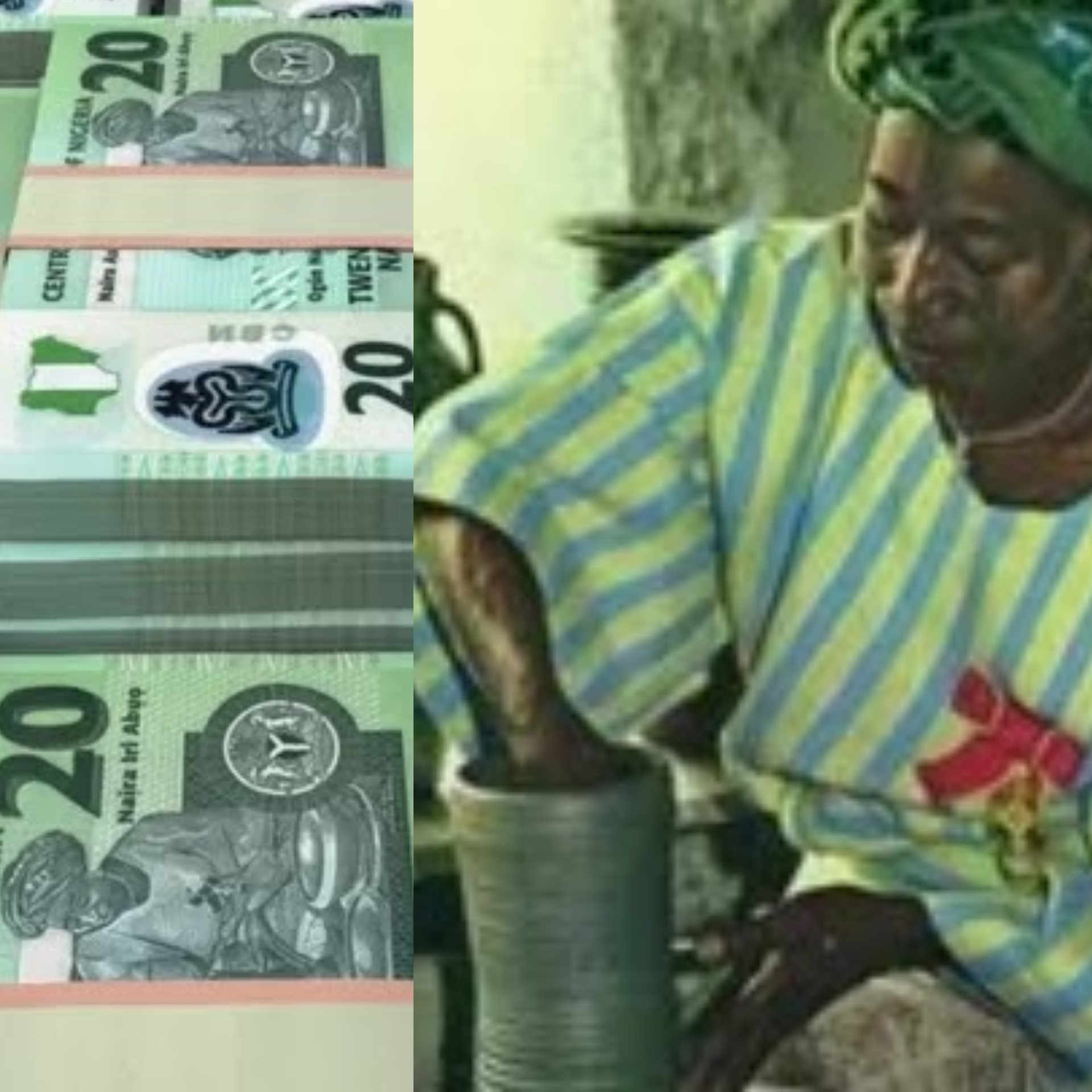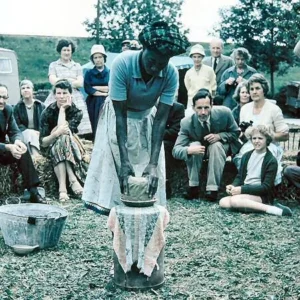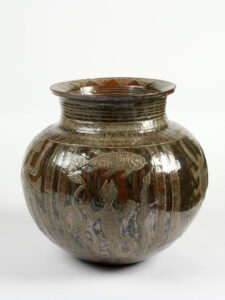
Ladi Kwali’s successful career in pottery did not come by chance, the hardworking Nigerian woman worked her way towards the ladder of success by creating something different from the norm. Ladi Dosei Kwali carved a niche in her chosen field in the early 1950s and reached beyond her personal expectations before she was eventually noticed by a foreigner, Michael Cardew.

Born in the remote village of Kwali, located in the Gwari region of modern-day Abuja, Ladi Kwali took after the occupation of her Gbagyi parents. She did not just emulate their craft, Kwali took pottery to another level entirely. She made different designs of pots, cups, and many other things that caught the eyes of distinguished members of the society.

The moment of Ladi Kwali came in 1950 when the Pottery Officer in the Department Of Commerce and Industry, Michael Cardew paid the Emir of Abuja, Alhaji Suleiman Barau a visit. Cardew saw those pots and fell in love with them. He quickly demanded that the woman behind those pots be brought for business purposes.
As time passed, Ladi Kwali became the woman every Potter at the time admired because of the level of success she attained. She was hosted by Queen Elizabeth the second. She also participated in several International exhibitions where she was noticed and admired by several persons who loved her work.
17 Interesting Facts About Ladi Kwali, The Woman On 20 Naira Note.
Ladi Kwali received a lot of accolades from reputable organizations, individuals, and countries. We will be listing her notable achievements and facts about Ladi Kwali.
- Hajiya (Dr.) Hadiza Ladi Kwali was born in 1925 to Gbagyi parents in present-day Abuja.
- Ladi Kwali is regarded as the pioneer of modern pottery in Nigeria.
- In 1954, Kwali showcased her talent in an international pottery exhibition organised by the Pottery Officer in the Department of Commerce and Industry, Michael Cardew.
- Ladi Kwali received the Member of British Empire award from Queen Elizabeth the second in 1963.
- Ahmadu Bello University Zaria awarded her with a Doctorate Degree in, 1977.
- In 1981, the Nigerian government recognized her by granting her National honour of Officer of the Order of of the Niger, this came a year after she received the Nigeria National Order of Merit Award.

Ladi Kwali Street [Pulse] - A major street in Abuja was named after Ladi Kwali.
- Ladi Kwali is still the only Nigerian woman on the face of the Nigerian naira note.
- Her first name “Ladi” simply means “born on Sunday”.
- Her popular name, ” Kwali” represents the name of her village in the Gwari area of present day Abuja.
- Ladi served as an apprentice under her aunt before she mastered the art and became her own boss.
- Ladi used a method of pot making called “Coiling and Pinching”.
- Ladi attended the Michael Cardew’s Pottery training Centre where she mastered her art in present day Abuja.
- Ladi was discovered by Michael Cardew.
- Ladi Kwali’s pots, cups were displayed at the opening ceremony of the Nigerian Independence in 1960.
- Ladi also served as a part-time lecturer at the Ahmadu Bello University.
- The Abuja Pottery was renamed Ladi Kwali pottery.
Conclusion.
Ladi Kwali did not only make a name for herself, she made the country proud by putting her on the map. This woman was humble, God-fearing. She was also generous with her knowledge of the art of pottery. No wonder she accepted to be a part-time lecturer at the Ahmadu Bello University where she taught many the beautiful art of pottery.